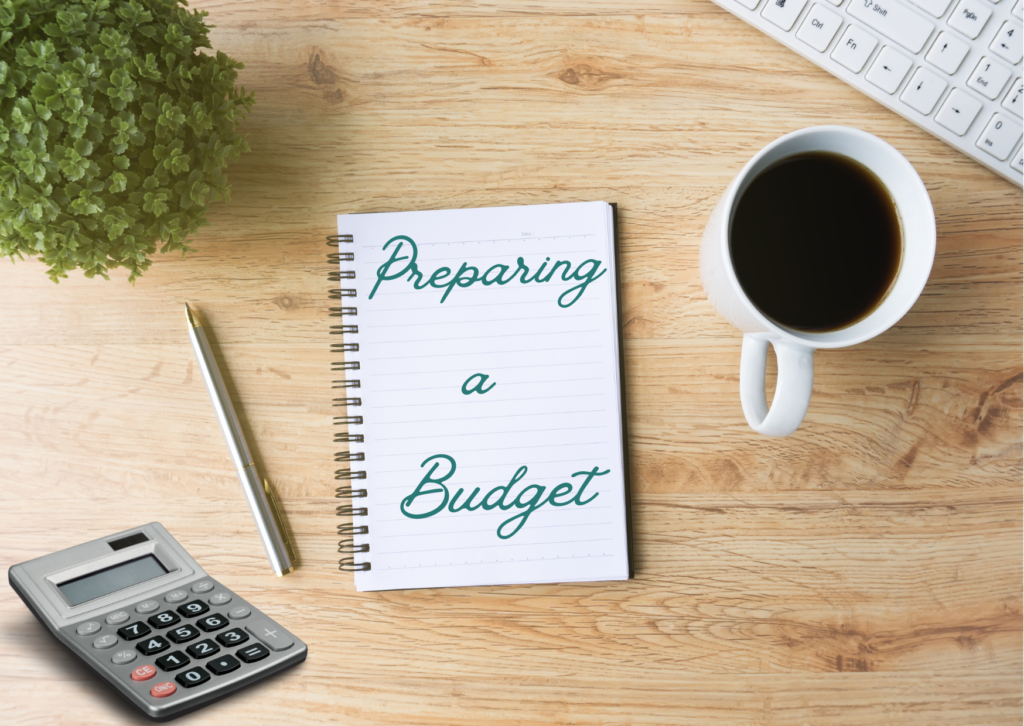Happy New Year and welcome back to Cays To Coins!
Like many people, at the end of each year, I usually reflect on the type of year I’ve had and think about my goals for the upcoming year. An important theme that usually presents itself is on the topic of money – not only on how I can make more (not saying that this is not a goal of mine), but also how I can better plan and manage the finances in my current scope. I like to be prepared, so this allows me to be equipped with the necessary skills and discipline for when my income increases.
One tool that I use to assist me with monetary discipline is a budget – an estimated financial plan for a period of time. There is no “right way” to prepare a budget, and if you want to learn more about budgeting methods, check out my previous article on personal budgeting strategies.
Regardless of the budgeting style that fits your goals and lifestyle, there are a few things that you can take into consideration when preparing a budget.
1. Get an understanding of your current financial position.
This may include reviewing your net income (income after deductions), bank statements, credit card and other debt statements, etc. This is so you can get a rough idea of how much you earn and spend monthly. It can be a major eye-opener for many people – remember that this may be a necessary exercise to help you plan for a better financial situation.
2. Pinpoint your financial goals.
Use your understanding of your financial position to pinpoint your financial goals and separate them into categories of short-term, medium-term, and long-term. The way that you categorize your goals are a personal decision. Personally, I use the following timelines to help me visualize my goals:
- Short- term – Any goal that I want to accomplish within less than one year.
- Medium-term – Any goal that I want to accomplish within one to two years.
- Long-term – Any goal that would take more than two years to accomplish.
As an example, some common financial goals include:
- Repaying debt;
- Cutting unnecessary spending;
- Starting a business;
- Buying a home;
- Building an emergency fund; and
- Building a robust investment portfolio.
3. Calculate your income and expenses.
You can calculate your income and expenses based on any timeline that fits your lifestyle – many people base their budgets on when they receive their most reliable source of income (weekly, bi-weekly, or monthly). If you have side gigs or other fluctuating sources of income, estimate the minimum amount that you may receive for the time-period in question. Sources of income may include salary (from a job or your own business), investment income (e.g. real estate or government bonds), or side gigs.
As for expenses, calculate all expenses that you intend to pay for the month. Be sure to include mandatory expenses (things that you must pay/promised to pay, such as rent, cable, school fees, etc.) and other expenses (things that you can pay on a discretionary basis, such as entertainment, spa days, etc.).
You can also choose to separate expenses based on fixed expenses (expenses that rarely change in amount, e.g. cable, rent, school fees, etc.) and variable expenses (expenses that change monthly, e.g. gas, light bill, charitable donations).
Important Cay to Coins
Be as realistic as possible when determining your total income and expenses.
4. Allocate money based on your goals.
Once you determine your goals, consider allocating money based on them. For example, if one of your goals is to save more money, apportion a certain amount of your money to savings. If a goal is to save towards something specific, consider creating a section of your budget to save for that item. For example, if you goal is to save for a car, create a budget category for saving toward your future car.
What Next?
Remember, a budget is only one tool of many that can help you to get in a better financial situation. Once you prepare a realistic budget, remember to adjust your budget every personal budgeting period (weekly, monthly, etc.). It helps to review your budget at the end of the budget cycle to determine how closely you followed it and whether you need to adjust your budget and/or financial habits. It is also useful to track how much you spend during the month – for this, you can use a homemade spreadsheet or a budget-tracking app.
Important Cay to Coins
Be mindful of your budget when spending money – the budget does not work unless you try to stick to the plan.
To assist you with getting started, Cays To Coins has prepared a simple budget worksheet that you can download here.
Happy Budgeting!




